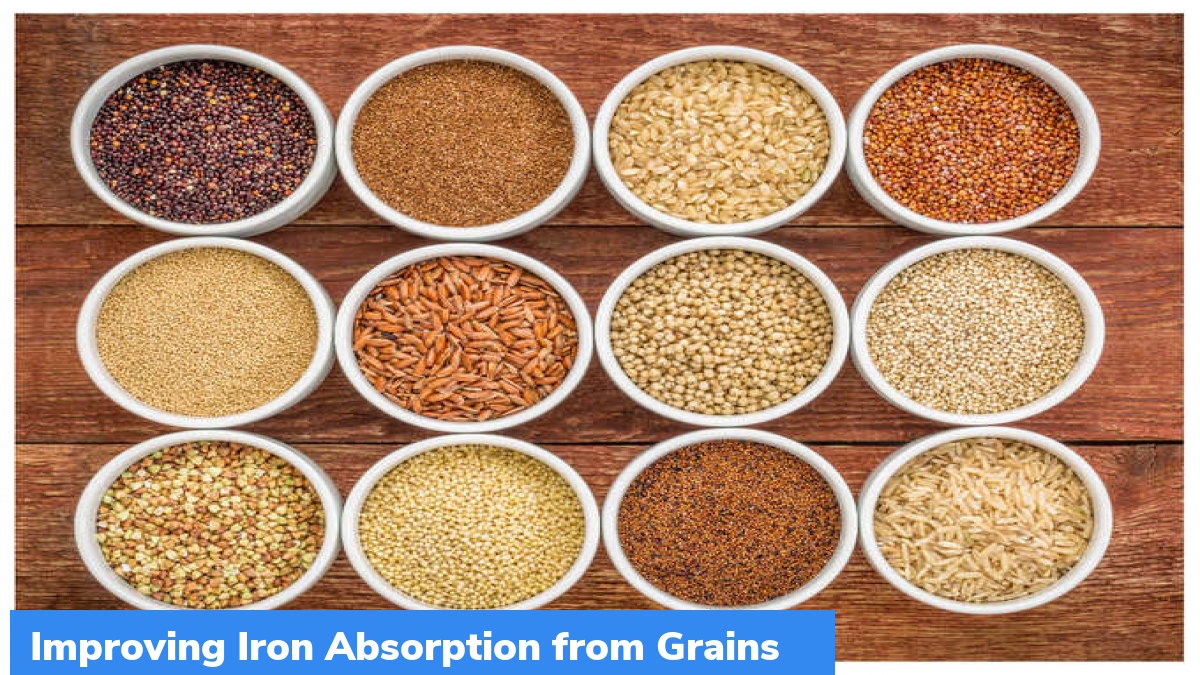Improving Iron Absorption from Grains
The consumption of Millets is being promoted in India as these grains are good for the people. They have rich iron content and are also high in zinc, calcium, potassium, magnesium, dietary fibre, and other important vitamins like riboflavin, thiamine, niacin, and folic acid. Therefore, millets are a great solution for increasing dietary iron density among people.
Overview:
- Daily iron take can be increased by 50 per cent and calcium intake by 350 per cent if daily cereal (rice) intake is replaced with just 100 gm of finger millet (ragi).
- These benefits can be offset due to the ragi grain’s high intrinsic phytate content which can reduce iron absorption.
- Even then, millet should be a dietary staple, as it offers more than a single nutrient.
Finding finger millet with lower phytate content
One strategy for better iron absorption from millet is to find a variety of natural finger millet having rich iron content but with lower phytate content. A study conducted by teams from the University of Agricultural Sciences, Bengaluru (UASB) and St. John’s Medical College, Bengaluru screened hundreds of Indian finger millets to identify a variety of grain having low grain phytate content, but with high iron content was published in the journal “Frontiers in Nutrition. “
How was the study conducted?
For more than three years, the specific millet accession was grown repeatedly to ensure that the low phytate content was consistent across seasons, with no yield penalty. A variation was revealed by whole-genome sequencing in the phytate transporter gene, which is responsible for phytate storage in grains. Then, in adult women, the iron absorption from this low-phytate millet grain was measured in comparison to the market variety. It was found that the iron absorption was almost three times higher from the low phytate grain as compared to the grain having high-phytate.
Conclusion
As grains like millets, which provide a variety of nutrients, and have low water requirement, high natural iron content, and low environmental footprint, it would help the country to mitigate any existing iron deficiency while also promoting the general health of the citizens and will also help in reducing the risk-reduction for chronic diseases.
Month: Current Affairs - April, 2022
Category: Environment Current Affairs • India Nation & States Current Affairs


